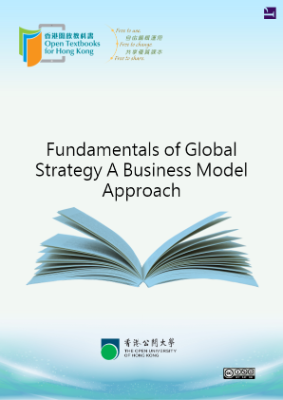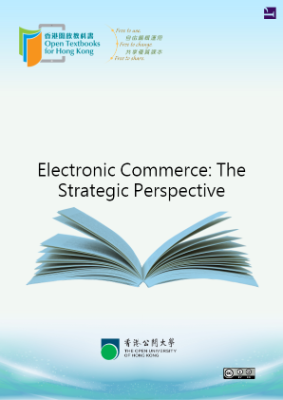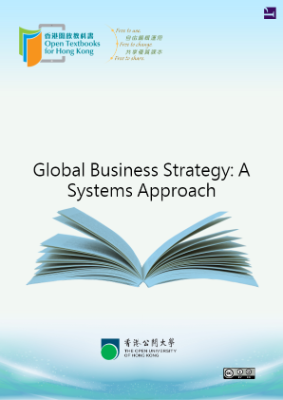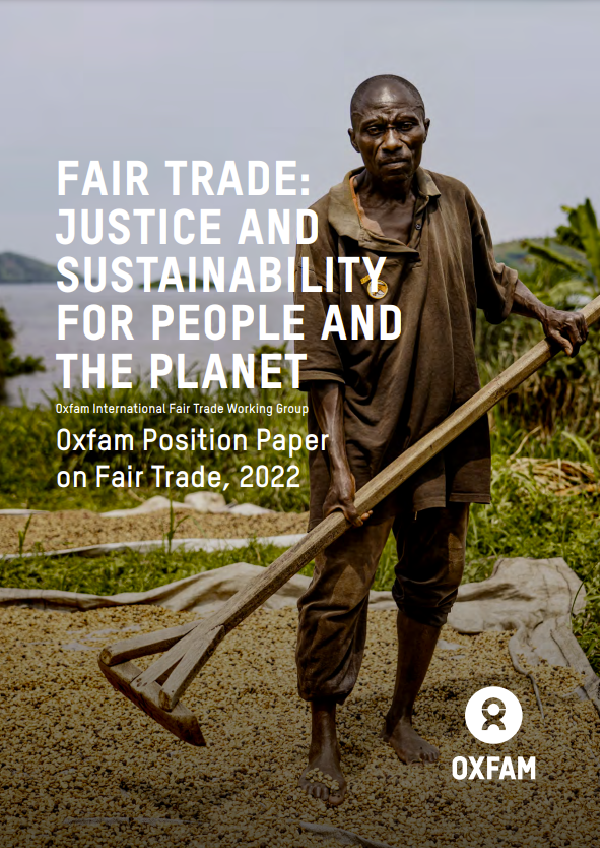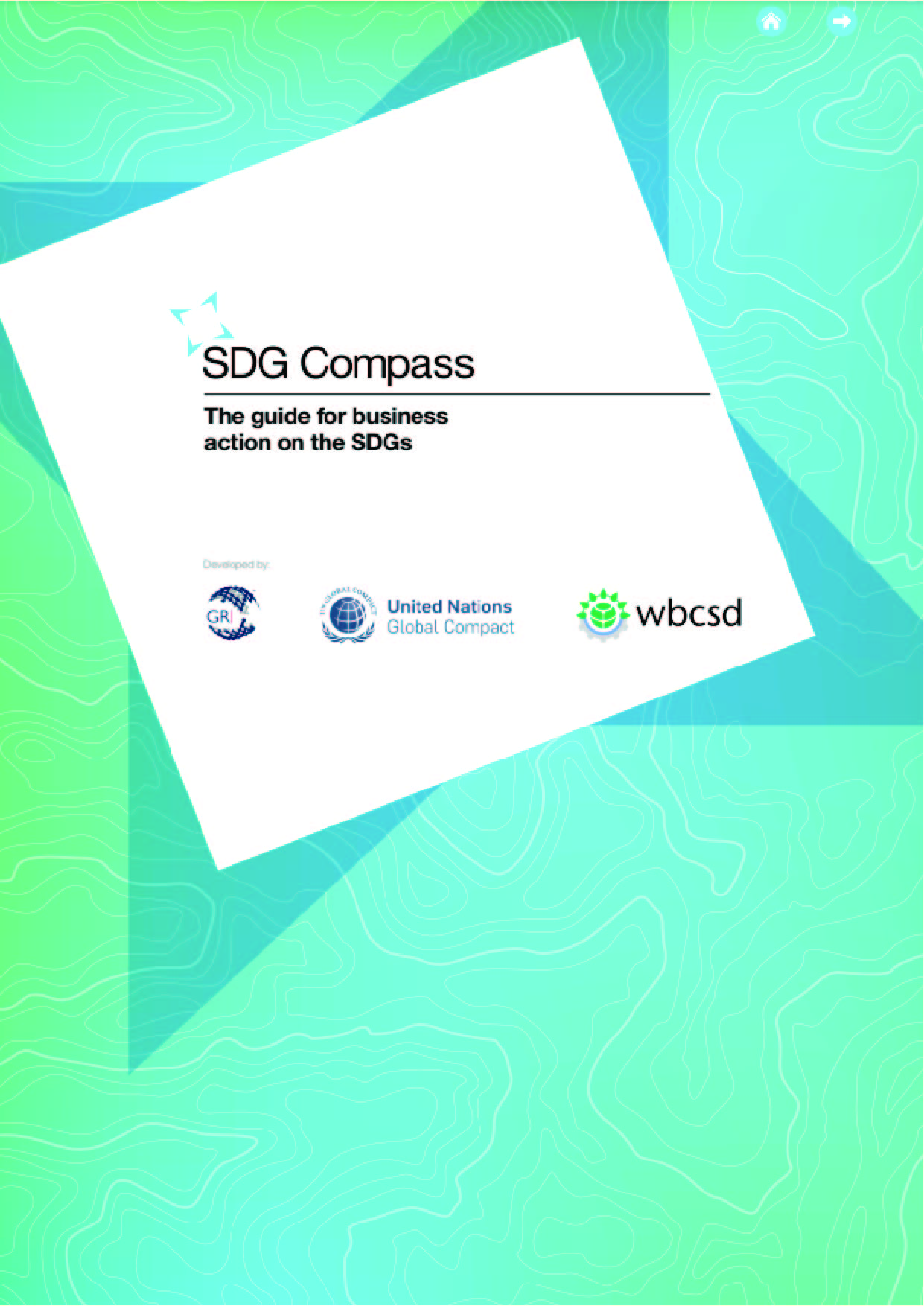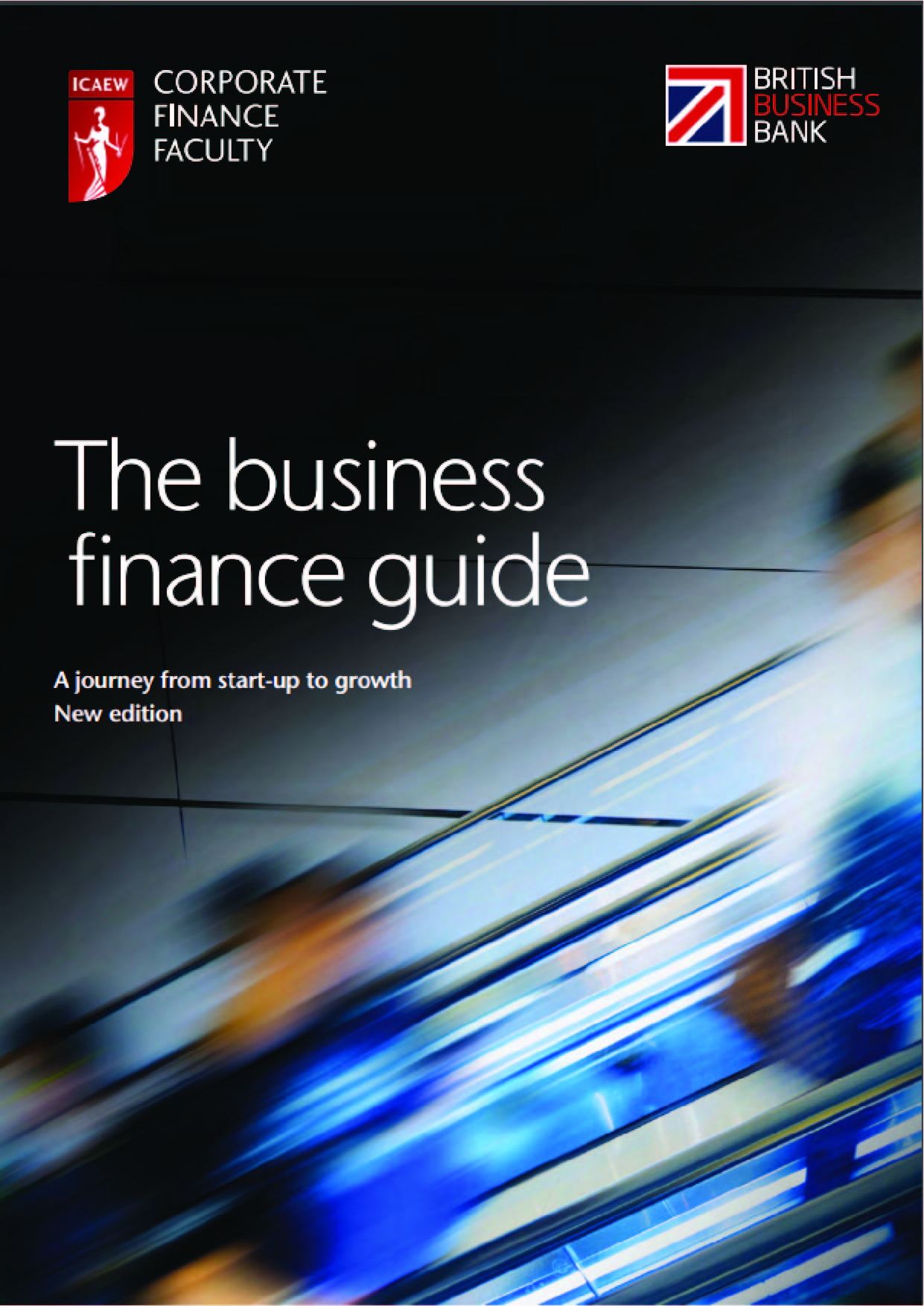Competing in a Global World
To most of us, globalization—as a political, economic, social, and technological force—appears all but unstoppable. The ever-faster flow of information across the globe has made people aware of the tastes, preferences, and lifestyles of citizens in other countries. Through this information flow, we are all becoming—at varying speeds and at least in economic terms—global citizens. This convergence is controversial, even offensive, to some who consider globalization a threat to t heir identity and way of life. It is not surprising, therefore, that globalization has evoked counter forces aimed at preserving differences and deepening a sense of local identity.
Yet, at the same time, we increasingly take advantage of what a global economy has to offer—we drive BMWs and Toyotas, work with a n Apple or IBM notebook, communicate with a Nokia phone or BlackBerry, wear Zara clothes or Nike sneakers, drink Coca-Cola, eat McDonald’s hamburgers, entertain the kids with a Sony PlayStation, and travel with designer luggage. This is equally true for the buying habits of businesses. The market boundaries for IBM global services, Hewlett-Packard computers, General Electric (GE) aircraft engines, or PricewaterhouseCoopers consulting are no longer defined in political or geographic terms. Rather, it is the intrinsic value of the products and services that defines their appeal. Like it or not, we are living in a global economy.
How Global Are We?
In 1983, Theodore Levitt, the late Harvard Business School professor and editor of the Harvard BusinessReview, wrote a controversial article entitled “The Globalization of Markets.” In it, he famously stated, “The globalization of markets is at hand. With that, the multinational commercial world nears its end, and so does the multinational corporation… The multinational operates in a number of countries, and adjust its products and processes in each, at high relative cost. The global corporation operates with resolute constancy… it sells the same things in the same way everywhere”
Levitt both overestimated and underestimated globalization. He did not anticipate that some markets would react against globalization, especially against Western globalization. He also underestimated the power of globalization to transform entire nations to actually embrace elements of global capitalism, as is happening in the former Soviet Union, China, and other parts of the world. He was right, however, about the importance of branding and its role in forging the convergence of consumer preferences on a global scale. Think of Coca-Cola, Starbucks, McDonald’s, or Google.
More than 20 years later, i n 2005, Thomas Friedman, author of TheWorldisFlat:A BriefHistoryof theTwenty-FirstCentury, had much the same idea, this time focused on the globalization of production rather than of markets. Friedman argues that a number of important events, such a s the birth of the Internet, coincided to “flatten” the competitive landscape worldwide by increasing globalization and reducing the power of states. Friedman’s list of “flatteners” includes the fall of the Berlin Wall; the rise of Netscape and the dot-com boom that led to a trillion-dollar investment in fiber-optic cable; the emergence of common software platforms and open source code enabling global collaboration; and the rise of outsourcing, offshoring, supply chaining, and insourcing. According to Friedman, these flatteners converged around the year 2000, creating “a flat world: a global, web-enabled platform for multiple forms of sharing knowledge and work, irrespective of time, distance, geography and increasingly, language.” And, he observed, at the very moment this platform emerged, three huge economies materialized—those of India, China, and the former Soviet Union, and “three billion people who were out of the game, walked onto the playing field.”
